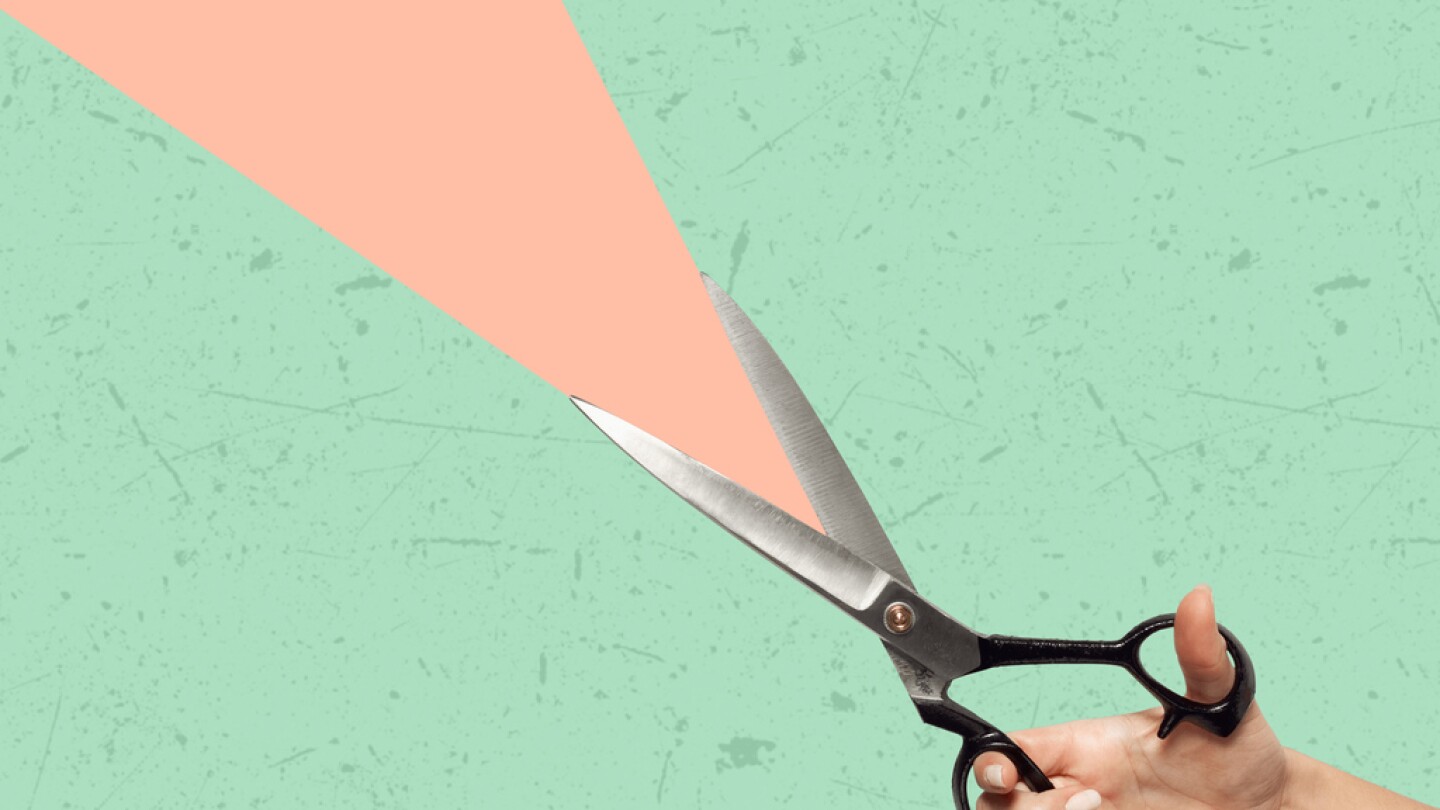Fashion
90pc of fashion models dislike their bodies, study finds

The research gathered data using a 23 open question, anonymised survey – with participants hailing from 17 different countries, including American, Canadian, Dutch, English, French, Hungarian, Polish, Russian and Spanish models (with an average age of 23 years) – through email and video interviews.
The survey also found that a significant proportion (78.6 per cent) mentioned they control their food intake, frequently skipping meals or eating very little. Additionally, 27.4 per cent ate minimal diets (such as three apples a day) – while 40.5 per cent exercised extreme calorie restriction.
Furthermore, about 22.6 per cent felt they had lost control over their eating and these individuals frequently experienced binge eating, self-induced vomiting, extreme dieting and excessive exercise. They also often mentioned eating disorders and were more likely to be in psychotherapy.
Dr Bogár added: “On top of these physical health concerns, the modelling world also presents significant mental and emotional challenges, including a higher risk of developing eating disorders which could be linked to traumatic experiences and a lack of emotional support. This situation highlights the urgent need for better health screenings and support systems to protect models from these severe risks.”
In 2016, Erin Heatherton, a former Victoria’s Secret model, spoke out about how she was pressured to lose weight by the fashion house. Despite exercising multiple times a day, she could not reach the company’s target weight.
More recently, in December 2023, Paloma Elsesser, an American model, became the first plus-sized woman to win Model of the Year at the British Fashion Awards. However, the fashion industry’s move to be more inclusive and diverse has also faced criticism.
According to an analysis conducted by Vogue Business, of spring/summer 2024 womenswear shows, major luxury brands and fashion houses lag far behind independent, smaller brands.
The report found that out of 9,584 looks across 230 shows and presentations in New York, London, Milan and Paris, just 0.9 per cent were plus-size (above a US 14 or UK 18) and only 3.9 per cent were mid-size (US 6-12 or UK 10-16). The findings marked a slight improvement on autumn/winter 2023, where 95.6 per cent of looks were straight-size, 3.8 per cent were mid-size, and just 0.6 per cent were plus-size.









